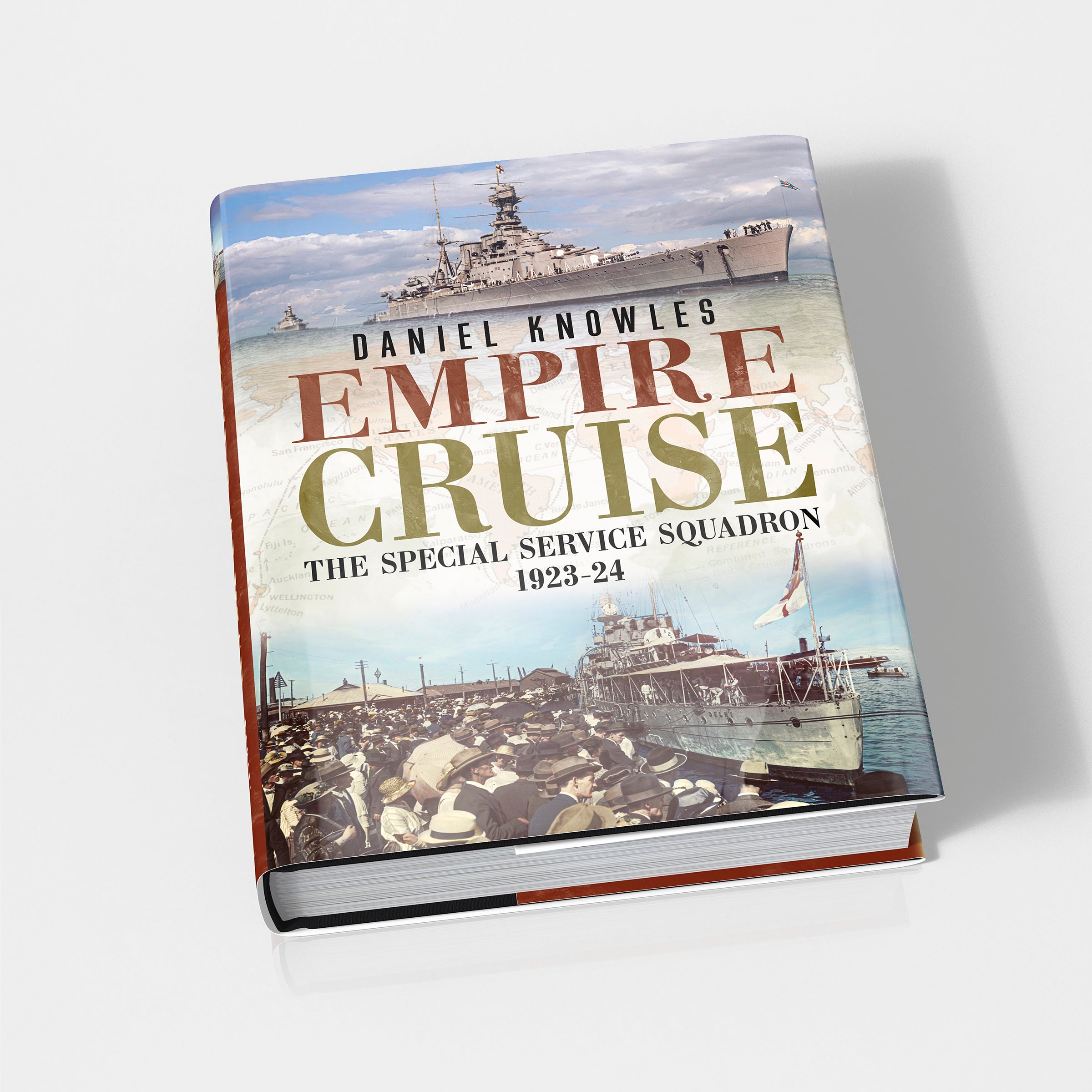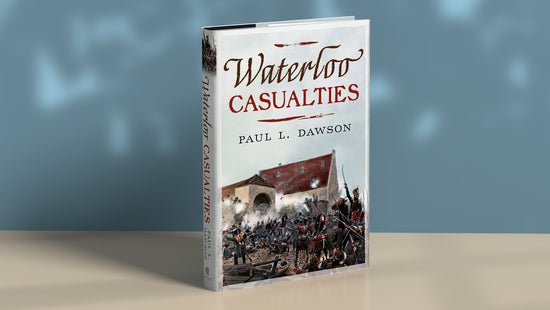On the morning of 27 November 1923, at Devonport and Portsmouth, the Hood and Repulse along with HMS Delhi, Dauntless, and Dunedin weighed anchor. Shortly before the ships set sail, the final preparations for the cruise were made when known troublemakers were landed. The five ships slipped out of harbour without ceremony, their departure stirring scarcely a ripple upon the calm surface of English life. Shortly before the Hood weighed anchor, Field had received amessage of farewell from King George V:
On the eve of your departure on the Empire Cruise, I wish you, the officers and ships’ companies of the Squadron, a happy, successful voyage and safe return. My thoughts and good wishes will always be with you.
Similar messages of encouragement and farewell were received from the board of the Admiralty, Admiral Sir John de Robeck, the commander-in-chief of the Royal Navy’s Atlantic Fleet, William Massey, the prime minister of New Zealand, and many others. While there was something of a muted atmosphere in Britain, forthose who crewed the ships that comprised the squadron, the departure of the ships, by and large for most, was the beginning of an unforgettable adventure, one which would be the zenith of the peacetime navy. Leading Stoker William Stone was one who described the prospect of the cruise and the adventure that lay ahead as ‘wonderful’. Arthur Russell of HMS Repulse recorded his feelings at being part of the cruise in his diary following an announcement made by CaptainParker: ‘[H]e tells us that H.M. the King is very interested in this cruise (so am I)’
![Captain Parker (left) standing with Commander Sandford (right) on board HMS Repulse]()
Captain Parker (left) standing with Commander Sandford (right) on board HMS Repulse - colourised photo from "Empire Cruise" published by Fonthill Media © 2024


























